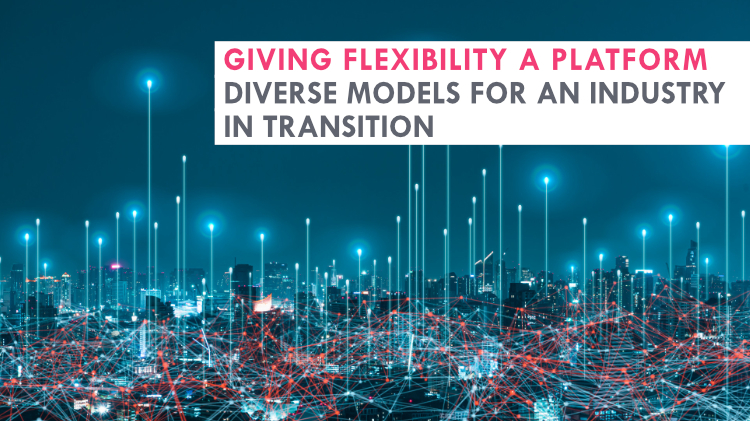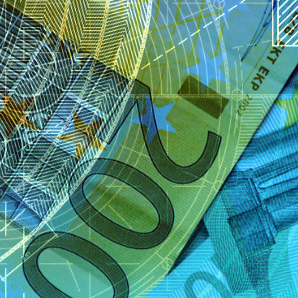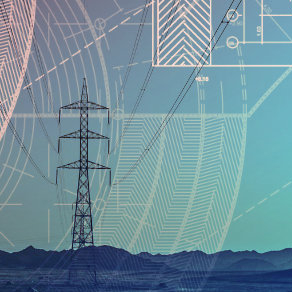
The transition of the power sector is underway: it is becoming more decentralized and carbon neutral. This change requires the electricity system to be highly adaptable to renewable energy sources - a new breed of platforms can unlock the necessary flexibility. Deploying such technologies is still in its early stages, which is why there have been a number of pilot projects in recent years to test out a variety of models with different goals and scopes. In the follow-up to our recent blog article on flexibility platforms and how they benefit the electricity sector, we will examine two categories and the four platforms that are grouped under them - as defined by Frontier Economics’ 2021 report, Review of Flexibility Platforms.
Administrative flexibility scheme coordinators
This operational model supports a centralized and cost-based allocation mechanism, rather than a market-based one. As of today, the only platform that belongs to this category is DA/RE (short for “data exchange / redispatch) which was launched in 2018 by TransnetBW GmbH, one of the four transmission system operators (TSOs), and Netze BW GmbH, a distribution system operator (DSO). Both companies operate in Baden-Württemberg, Germany.
DA/RE coordinates grid stabilization measures across all grid levels and enables operators to use plants that are connected at distribution grid level to ensure a stable power system. This involves redispatch, i.e. adjusting power feed-in whenever there are regional overloads in the grid. The platform selects the most efficient plants for solving the congestion forecasted by the grid operators and allows for an effectively coordinated activation of the redispatch measures. It also supports the implementation of the new European requirements for data exchange between network operators, and makes it transparent at which generation plants, storage facilities or large consumers redispatch power is available and can be used.
Since the initiation of the project, three associated development partners and ten test partners have joined forces with TransnetBW and Netze BW, and the entire state of Baden-Württemberg stands to benefit.
Market intermediaries
The second type of operational models, the so-called market intermediary flexibility platforms, do not perform the essential functions of marketplaces within the platform ecosystem, but provide enabling services instead, such as asset registration and prequalification to TSOs, DSOs and Flexibility Service Providers (FSPs - aggregators with a portfolio of clients that deliver flexibility service). This facilitates the procurement of flexibility from existing wholesale energy and balancing markets.
Frontier Economics puts three platforms into this category.
Boosting the integration of distributed energy resources (DERs) into energy markets, Equigy Crowd Balancing Platform enables aggregators to take part in European balancing markets with smaller flexibility devices, such as home batteries and electric vehicles. By working together with TSOs in Italy, Switzerland, Austria, Germany, and the Netherlands, it helps owners of small-scale assets to optimize their interaction with the grid and play an important role in the transformation of the energy sector. Launched in December 2020, the platform is a blockchain-based system that makes it possible for the parties in a transaction to share information securely. It helps DER aggregators with the registration, bidding and activation of their flexibility transactions. Setting cross-industry standards throughout Europe, Equigy supports a future-proof, cost-effective and fossil fuel-free power system.
Launched to act as a single gateway for TSOs and DSOs to procure flexibility through established wholesale energy and balancing markets, INTERRFACE operates in Latvia, Estonia and Finland. Involving 42 partners, the project runs from 2019 to 2023 and leverages the potential of state-of-the-art digital tools based on blockchain and big data management. Upon completion of the project, the added value of data sharing will have been demonstrated among all actors in the electricity supply chain on the local, regional and European level. Consumers will have the opportunity to participate in electricity markets and make use of the market structures proposed by INTERRFACE that will enable them to unlock the potential of DERs.
The third market intermediary, GOPACS, is described on its website as “the platform to solve congestion in the electricity grid.” It is operated in the Netherlands by the Dutch-German TSO TenneT TSO B.V. and six Dutch operators. Like the other two market intermediary platforms, GOPACS aims to prove that data sharing will lead to more efficient operations in flexibility trading and, consequently, to more renewables being added to the energy system. GOPACS mitigates capacity shortages in the electricity grid and helps to keep the Dutch grid reliable and affordable. The collaboration among the grid operators also prevents congestion in one part of the electricity grid from causing problems elsewhere in the grid for another grid operator.
Time will tell whether this variety is here to stay, or whether a more standard model will dominate. In the meantime, in part three of our series on flexibility platforms, we will discuss the third category - marketplace platforms.




